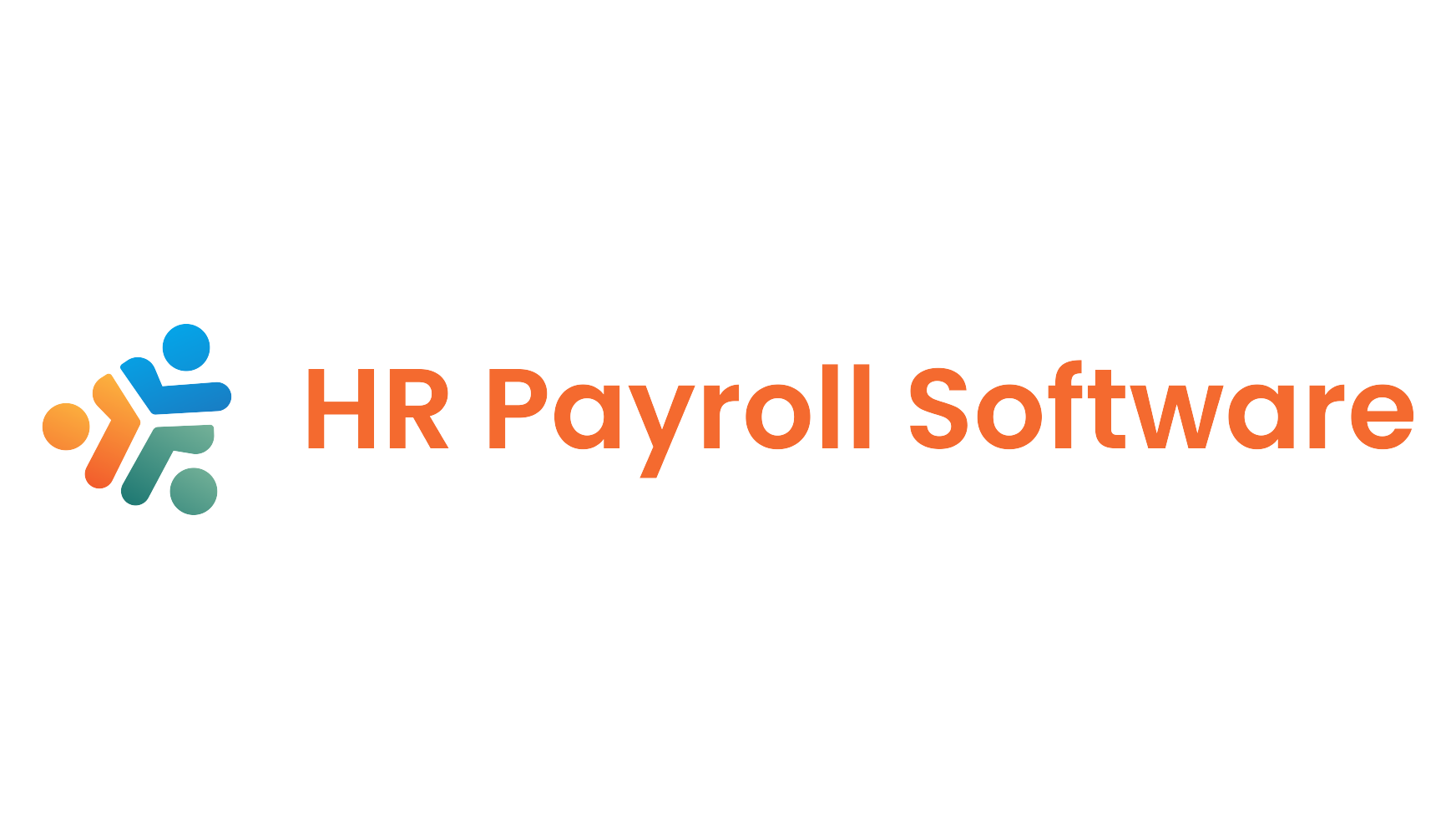
In the rapidly advancing landscape of HR and payroll software, the importance of a user-friendly interface cannot be overstated. As businesses seek to streamline their operations and enhance user experiences, the evaluation of software interfaces becomes a pivotal consideration. This article delves into the critical factors to assess when evaluating user-friendly interfaces in HR and payroll software, guiding businesses towards making informed decisions aligned with their operational needs.
Understanding the Significance of User-Friendly Interfaces:
A user-friendly interface is more than just an aesthetic consideration. It encompasses the overall design, navigation, and accessibility of the software, directly impacting how users interact with and leverage its features. In the context of HR and payroll software, a user-friendly interface contributes to increased efficiency, reduced training time, and enhanced employee satisfaction.
Key Factors to Evaluate in User-Friendly Interfaces:
- Intuitive Design:
- An intuitive design ensures that users can easily navigate the software without extensive training. Look for straightforward layouts, clearly labeled menus, and easily accessible functions.
- Accessibility:
- Accessibility is crucial, especially in diverse work environments. The interface should be designed to accommodate users with varying levels of technological proficiency and ensure accessibility for individuals with disabilities.
- Consistency:
- Consistency in design elements and navigation patterns fosters a sense of familiarity. Users should have a consistent experience across different sections of the software, reducing the learning curve.
- Efficient Workflows:
- The interface should facilitate efficient workflows, allowing users to complete tasks with minimal steps. Look for features that streamline processes and reduce the time required for routine HR and payroll activities.
- Clear Navigation Paths:
- Clear navigation paths contribute to a seamless user experience. The interface should guide users logically through different sections of the software, ensuring they can easily locate the information or tools they need.
- Customization Options:
- Customization options empower users to tailor the interface to their specific needs. Look for software that allows users to personalize dashboards, reports, and other elements to align with their preferences and priorities.
- Mobile Responsiveness:
- In an era where remote work and mobile access are prevalent, mobile responsiveness is vital. The interface should adapt seamlessly to different devices, providing a consistent experience on desktops, laptops, tablets, and smartphones.
- Help and Support Features:
- User-friendly interfaces include built-in help and support features. These can range from tooltips and context-sensitive help to comprehensive documentation, ensuring users can find assistance when needed.
- Feedback Mechanisms:
- Feedback mechanisms, such as alerts, notifications, and error messages, contribute to a responsive interface. Users should receive timely feedback on their actions, enhancing the overall user experience.
- User Training and Onboarding:
- A user-friendly interface minimizes the time and resources required for user training and onboarding. Look for software that offers intuitive walkthroughs, tutorials, and resources to help users get acquainted with the interface quickly.


